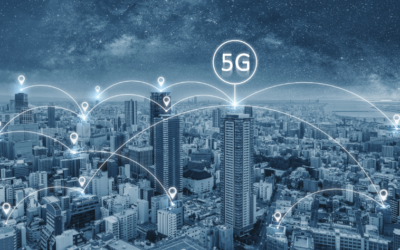1. Introduction to Telecommunications Cybersecurity:
- Importance: Telecommunications infrastructure plays a crucial role in the global interconnectedness. Cybersecurity is essential to protect networks, devices, and sensitive data from malicious threats.
2. Cyber Threats in Telecommunications:
- Malware and Ransomware: Telecommunications networks are susceptible to malware attacks that can compromise data integrity. Ransomware poses a significant threat by encrypting data and demanding payment for its release.
- Phishing Attacks: Cybercriminals use phishing to trick individuals into divulging sensitive information, posing a serious risk to both users and the telecommunications infrastructure.
- DDoS Attacks: Distributed Denial of Service attacks can disrupt network services, making it essential to implement measures to mitigate such threats.
3. Telecommunications Network Security Measures:
- Encryption: Implementing robust encryption protocols is crucial for safeguarding data as it travels across telecommunications networks, preventing unauthorized access.
- Firewalls and Intrusion Detection Systems (IDS): Firewalls and IDS help monitor and filter network traffic, identifying and preventing unauthorized access and potential threats.
- Multi-Factor Authentication (MFA): MFA adds an extra layer of security by requiring users to provide multiple forms of identification before accessing sensitive systems or data.
4. Regulatory Compliance and Standards:
- Telecommunications Security Standards: Adherence to international and industry-specific security standards ensures that telecommunications providers follow established best practices.
- Compliance Requirements: Meeting regulatory compliance requirements is crucial for maintaining the security and integrity of telecommunications infrastructure.
5. Collaboration and Information Sharing:
- Industry Partnerships: Collaboration between telecommunications companies, government agencies, and cybersecurity organizations facilitates the sharing of threat intelligence, enhancing overall security.
- Incident Response Planning: Having comprehensive incident response plans helps organizations respond effectively to cybersecurity incidents, minimizing their impact.
6. Employee Training and Awareness:
- Phishing Awareness: Training employees to recognize and avoid phishing attempts is essential in preventing social engineering attacks.
- Security Best Practices: Educating employees about cybersecurity best practices helps create a security-aware culture within the organization.
7. Emerging Technologies and Challenges:
- 5G Security Challenges: The implementation of 5G networks introduces new challenges, including increased attack surfaces and the need for advanced security measures.
- IoT Security: The proliferation of Internet of Things (IoT) devices in telecommunications networks requires robust security measures to protect against potential vulnerabilities.
8. Future Trends in Telecommunications Cybersecurity:
- AI and Machine Learning: The integration of artificial intelligence (AI) and machine learning (ML) technologies enhances cybersecurity measures by automating threat detection and response.
- Quantum-Safe Cryptography: As quantum computing advances, the development of quantum-safe cryptography becomes crucial to ensure the continued security of telecommunications systems.
9. Conclusion:
- Summary: The ongoing efforts to address cybersecurity challenges in telecommunications are vital for creating a secure and resilient connected world. Continued innovation and collaboration are key in adapting to evolving threats and ensuring the integrity of global communication networks.




